Frequency range: 26.5- 28MHz SWR: ≤1.2:1 Max. power: 35W continuous 250W Short time Bandwidth at S.W.R. 2:1: 1900KHz Impedance: 50ohm Whip length: 1200mm Adjustment: 0~90° Cable Length: RG58/157" Po...
See DetailsHow do I choose CB Antennas for my truck?
Selecting the right Citizens Band (CB) radio antenna is a critical decision for any truck operator. The performance of a CB radio depends heavily on the antenna system, making it essential to choose one that suits both the vehicle and the operational requirements.
1. Antenna Type: Base-Loaded, Center-Loaded, or Top-Loaded
CB Antennas are categorized based on the position of the coil, which affects their performance and physical characteristics.
Base-loaded antennas have the coil at the bottom, making them shorter and more suitable for environments with low clearance, such as garages or areas with overhanging obstacles. However, they may have slightly reduced performance compared to longer models.
Center-loaded antennas feature a coil in the middle, offering a balance between length and efficiency. These are often chosen for their versatility and improved signal radiation.
Top-loaded antennas place the coil at the top, maximizing performance by allowing the entire whip to act as a radiator. These are typically longer and excel in open-road scenarios.
2. Mounting Location and Method
The mounting location significantly influences the antenna’s effectiveness. Common options include:
Mirror mounts: Attached to the side mirrors, these are popular for their ease of installation and minimal interference with the truck’s body.
Roof mounts: These provide excellent ground plane performance, which is crucial for optimal signal transmission. However, height clearance may be an issue.
Bumper mounts: Less common but viable, especially when other locations are not feasible. Performance may vary based on the vehicle’s design.
The choice of mount should ensure a solid electrical ground to maximize efficiency.
3. Antenna Length and Performance
The physical length of CB Antennas is directly related to their performance. Longer antennas generally offer better range and signal clarity because they resonate more effectively at the CB frequency (27 MHz). For example, a 102-inch whip is considered ideal for performance but may be impractical for daily use due to its size. Shorter antennas, while convenient, often require careful tuning to compensate for reduced efficiency.
4. Tuning and Standing Wave Ratio (SWR)
Proper tuning is essential for CB Antennas to function correctly. An antenna must be tuned to achieve a low Standing Wave Ratio (SWR), ideally below 1.5:1. A high SWR can result in poor performance and potential damage to the CB radio. Most CB Antennas are designed to be tunable by adjusting the length of the whip or using a built-in tuning mechanism.
5. Build Quality and Durability
Truck operators should prioritize durability when selecting CB Antennas. Factors to evaluate include:
Material: Stainless steel or fiberglass constructions are common for their resilience to weather and physical stress.
Coil housing: A robust, waterproof coil housing is essential for longevity, especially in harsh driving conditions.
Flexibility: A spring base or flexible whip can prevent damage from low-hanging branches or accidental impacts.
6. Connector Type
CB Antennas typically use one of two connector types:
PL-259 (UHF connector): The standard connector for most CB systems, known for its reliability and widespread compatibility.
NMO mount: Less common but offers a secure, waterproof connection. Ensure compatibility with the chosen CB radio model.
Choosing the right CB Antennas for a truck involves evaluating multiple factors, including antenna type, mounting location, length, and build quality. By understanding these elements, truck operators can optimize their communication systems for clarity, range, and reliability. Proper installation and tuning are equally important to ensure the antenna performs as intended. With careful selection, CB Antennas can significantly enhance communication efficiency on the road.

 English
English Español
Español
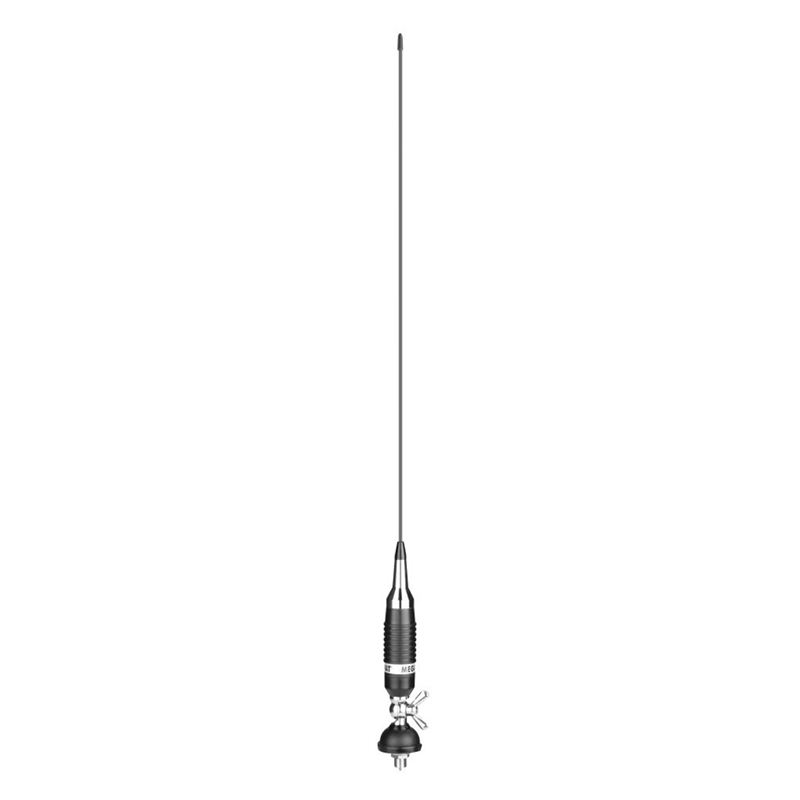
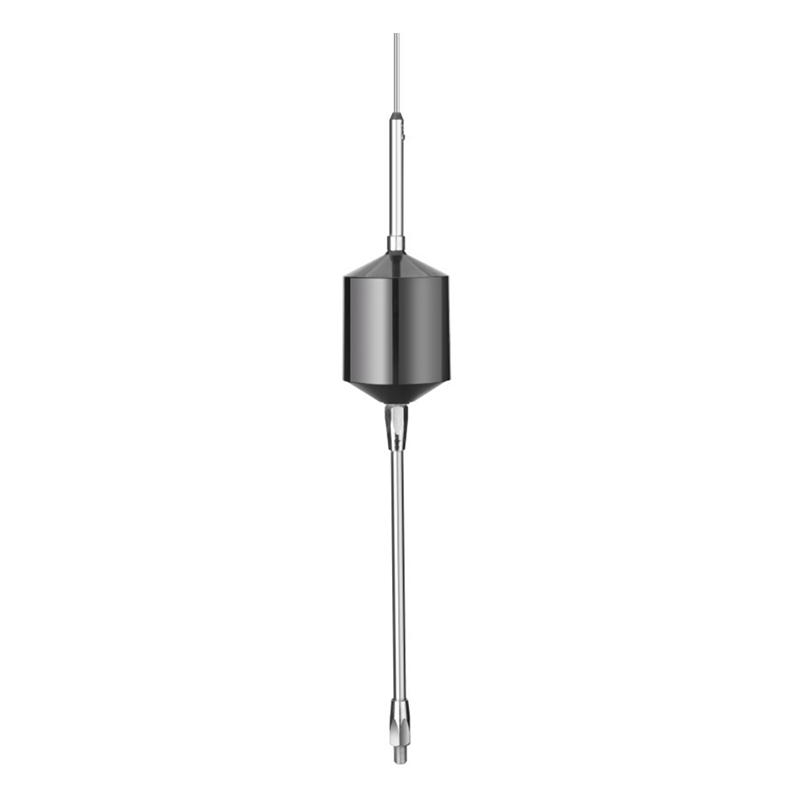
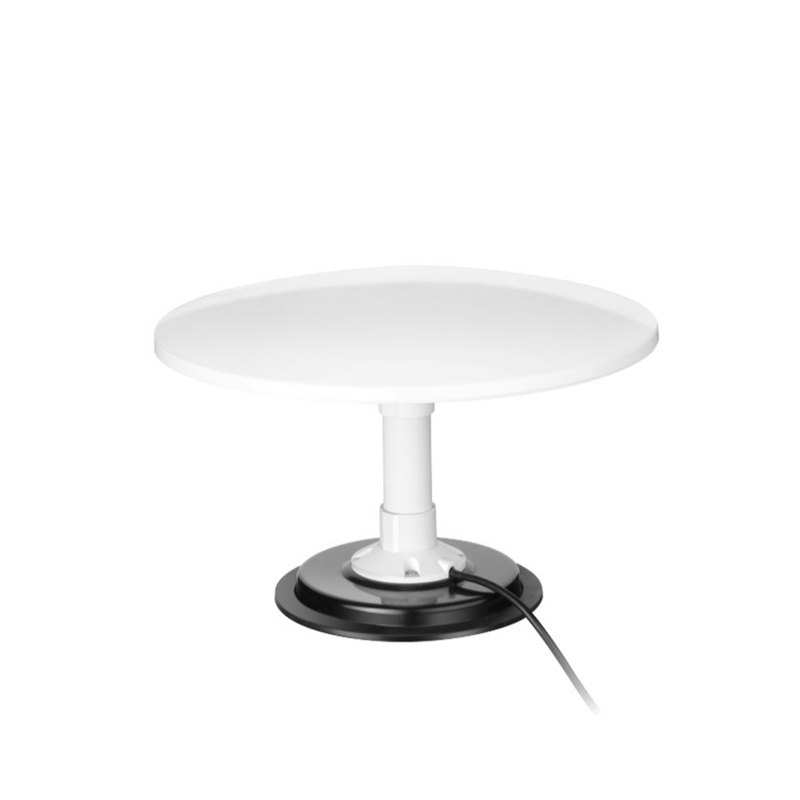
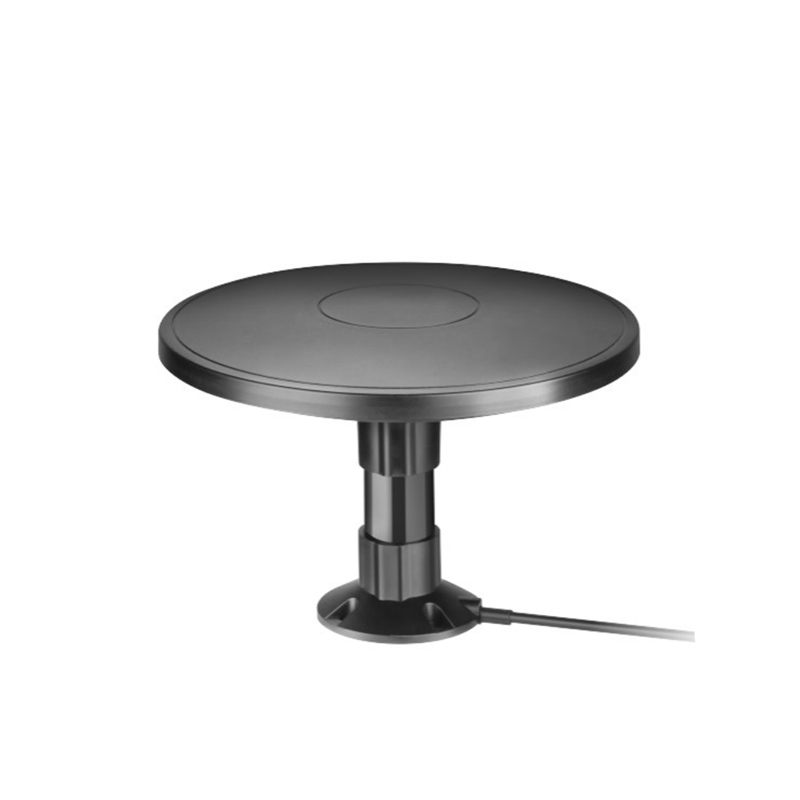

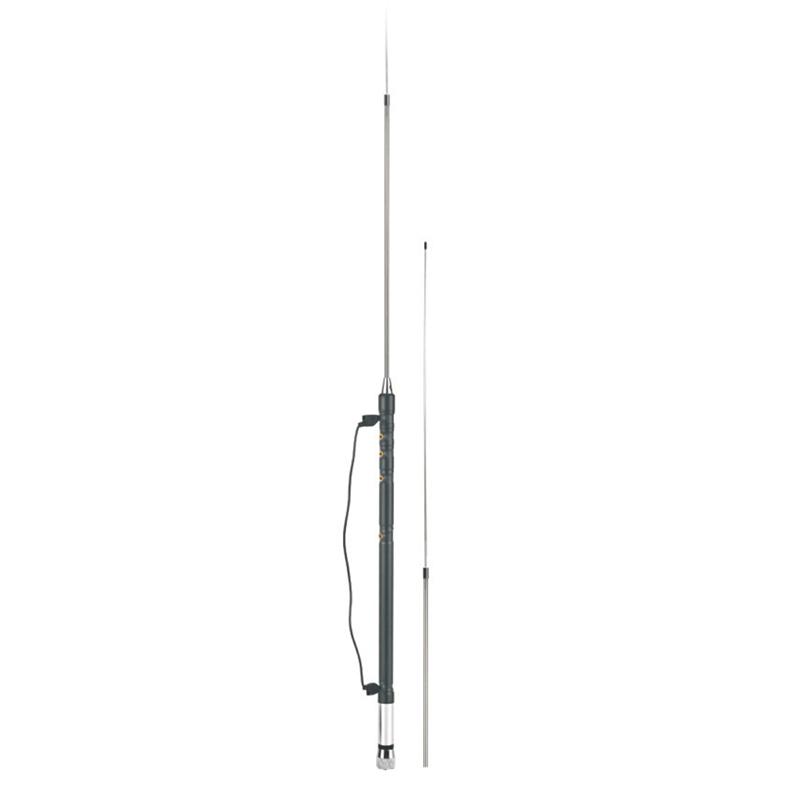
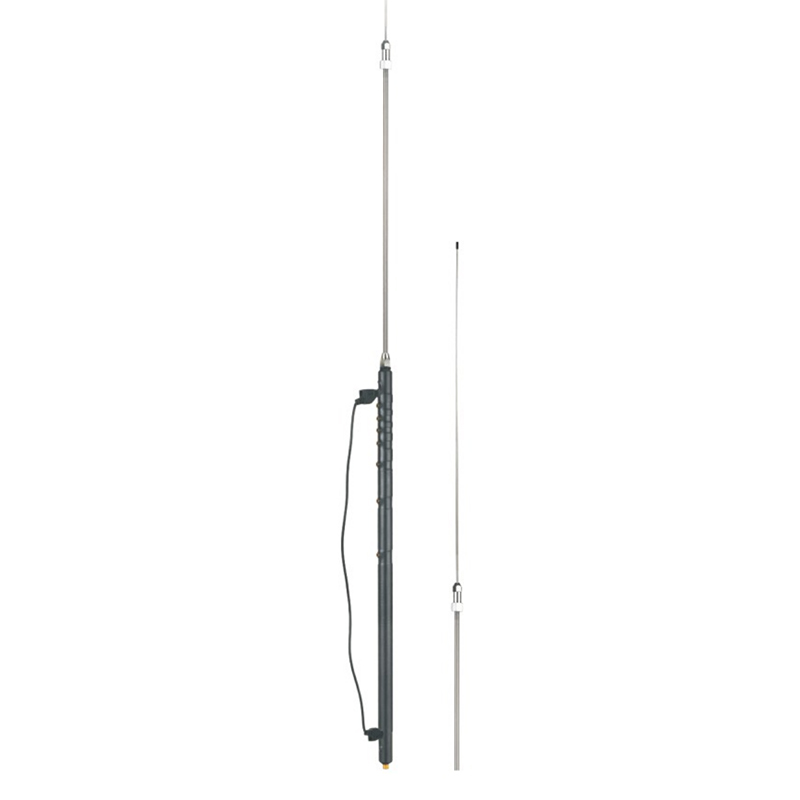
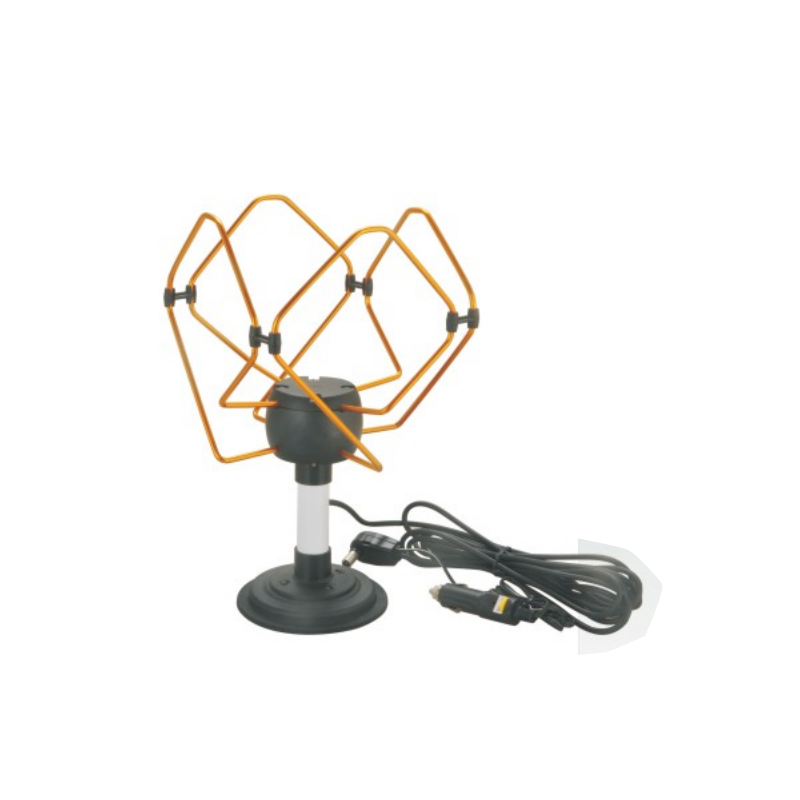

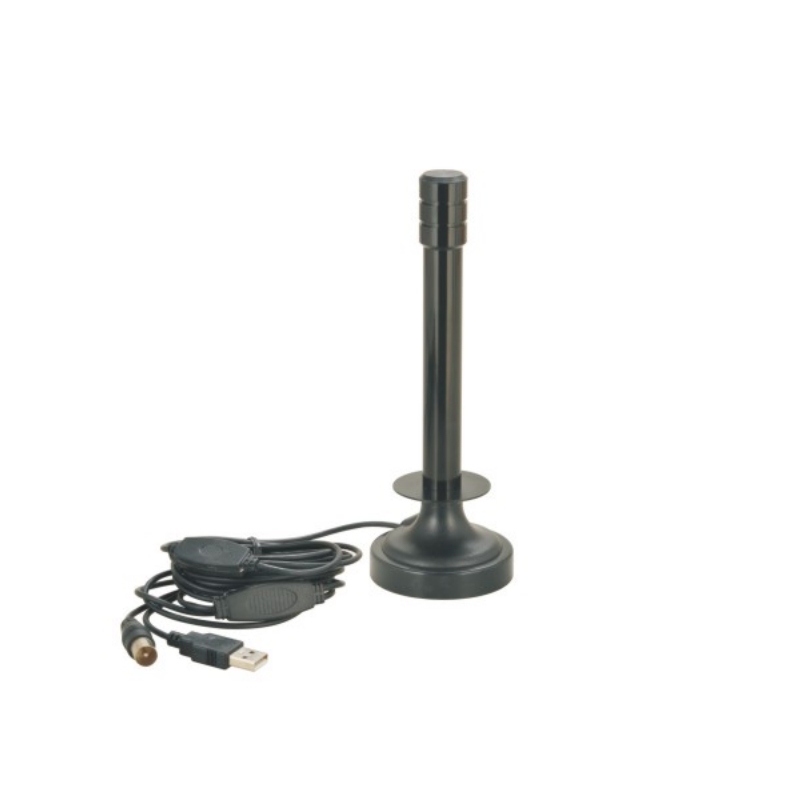
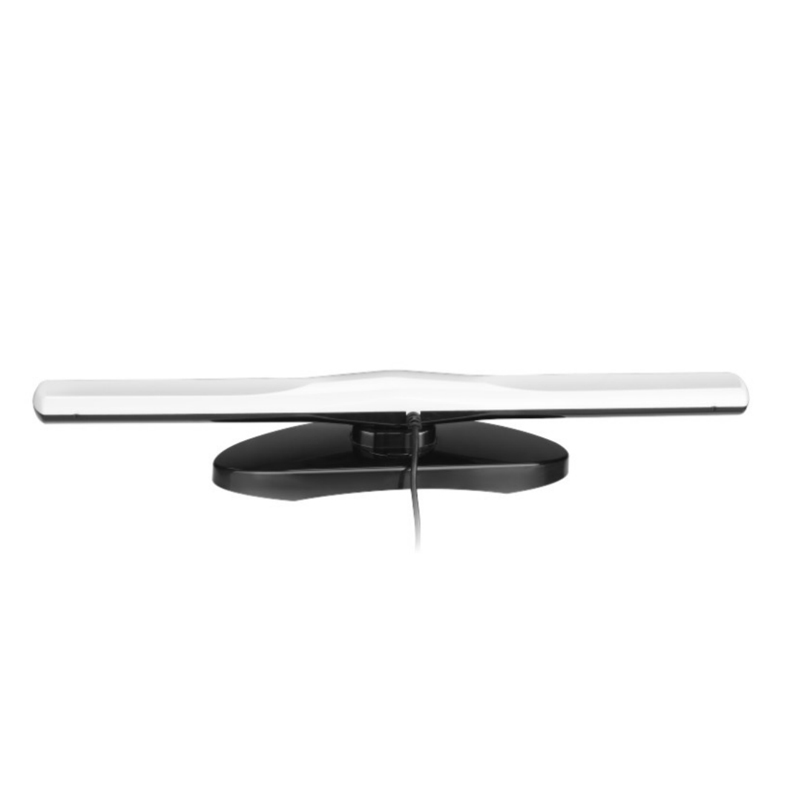
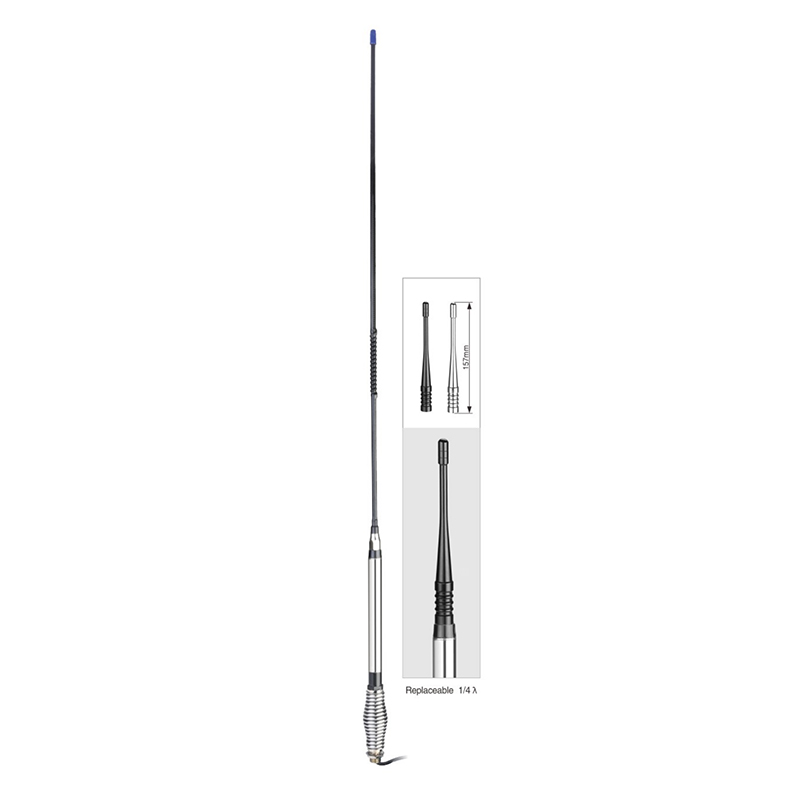

Contact Us